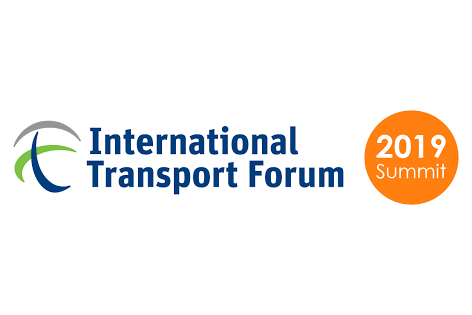Exclusive interview with Drewy’s Damas on current ocean cargo shipping scenario
This is the first of a two-part article to appear this week.

Editor’s Note: As he has done in past years at this time, Philip Damas, head of Drewry’s Supply Chain Advisors, shares his views on the current ocean cargo arena. This is the first of a two-part article to appear this week.
Logistics Management: Will the ocean carrier alliance structures finally make carriers more solvent and more reliable?
Philip Damas: Ocean carrier alliances – and there are now just 3 of them – are still not able to provide “reliable” service considering that, on the major routes, no more than 80% of vessels arrive on the scheduled arrival day. This will not change for a while.
At best, the carrier alliances continue to provide a relatively stable supply of ship capacity to the market and a relatively predictable network of weekly services, but they have come under criticism.
The International Transport Forum, part of the OECD, has recently argued that ocean carrier alliances totally dominate the container shipping sector and contribute to lower service frequencies.
We do not agree with this view and believe that carrier alliances are delivering better service networks than individual carriers would (without alliances) and also provide lower costs to customers. But we see that, when ocean carriers start to lose money, they always turn to cost reductions, lower service reliability and lower service levels – there does not seem to be a price premium for higher-quality carriers in difficult times.
There will be a need for over-capacity to reduce, first, before we see ocean carriers improving their balance sheets and before we see carrier alliances improving their service reliability.
Drewry tracks the “Z scores” of ocean carriers (which estimate their financial strengths) and these scores are currently low, particularly for 2 vulnerable carriers.
LM: Are shippers seeing more transparency in pricing and service as a consequence of enhanced information technology?
Damas: There is an increasing number of ocean price indices, which provide more transparency on spot freight rates on the “power routes.” Online marketplaces are also providing spot freight rates on numerous routes, but these rates tend to be on the high side (providers do not wish to disclose their most competitive rates except on a bilateral basis).
Contract freight rates are much less transparent today, although this could also change as new online marketplaces are introduced to cater for this more complex segment.
The availability of cargo visibility tools is spreading and this makes it easier for shippers to assess the reliability of services and the performance of their vendors. But our BCO customers still have unmet needs when it comes to tools to report certain performance indicators, such as the incidence of “roll-overs” (delayed shipments) - we are actually working with technology partners in this area.
LM: Should we expect international trade tensions to have an impact on vessel deployments and schedules?
Damas: I assume you are referring to the U.S.-China trade war and the Iran situation.
On the former, carriers have already removed 3 loops from Shanghai to the West Coast and 1 to the East Coast in the past year, while maintaining or increasing services from tariff-free South East Asia to North America.
If the U.S,-China trade war escalates, this restructuring of transpacific ocean networks will result in larger changes in vessel deployments and schedules. South East Asian services would then become more frequent and more mainstream, while China services could lose some of their current dominance in the world of transpacific ocean services. The transatlantic route is busier than in the recent past – and freight rates much higher – while the China-U.S. route is clearly declining.
The Iran situation could have huge repercussions on all the carrier services in the Middle East Gulf if the Strait of Hormuz is shut down due to attacks on ships transiting the Strait. But the economic interests of keeping the Strait open are so vital that we would expect that political powers in the region will not allow this to happen. There is now a Saudi rail landbridge alternative to the dominant Strait of Hormuz maritime route, but it could not handle the container volumes to and from the entire Gulf.

Article Topics
Ocean Freight News & Resources
Port Tracker report is bullish on import growth over the balance of 2024 Maryland DOT: $1.9 billion and up to four years to rebuild bridge sunk near Baltimore port 2024 State of Freight Forwarders: What’s next is happening now Baltimore bridge recovery efforts continue with opening of new channel Q1 sees a solid finish with strong U.S.-bound import growth, reports S&P Global Market Intelligence Baltimore suing ship that crashed into bridge, closing port, costing jobs Descartes March Global Shipping Report highlights ongoing steady volume momentum More Ocean FreightLatest in Logistics
Automate and Accelerate: Replacing Pick-to-Light with the Next Generation of Automation STB Chairman Martin J. Oberman retires Get Your Warehouse Receiving Audit Checklist Now! LM reader survey drives home the ongoing rise of U.S.-Mexico cross-border trade and nearshoring activity Last-Mile Evolution: Embracing 5 Trends for Success Optimizing Parcel Packing to Cut Costs A buying guide to outsourcing transportation management More LogisticsAbout the Author
Subscribe to Logistics Management Magazine

Find out what the world's most innovative companies are doing to improve productivity in their plants and distribution centers.
Start your FREE subscription today.
May 2024 Logistics Management

Latest Resources














